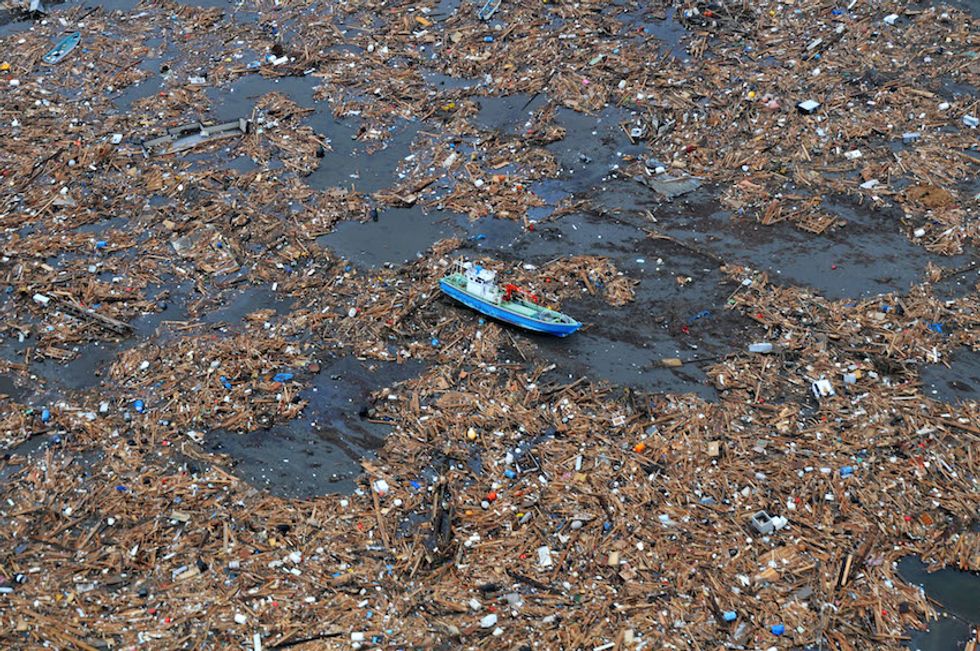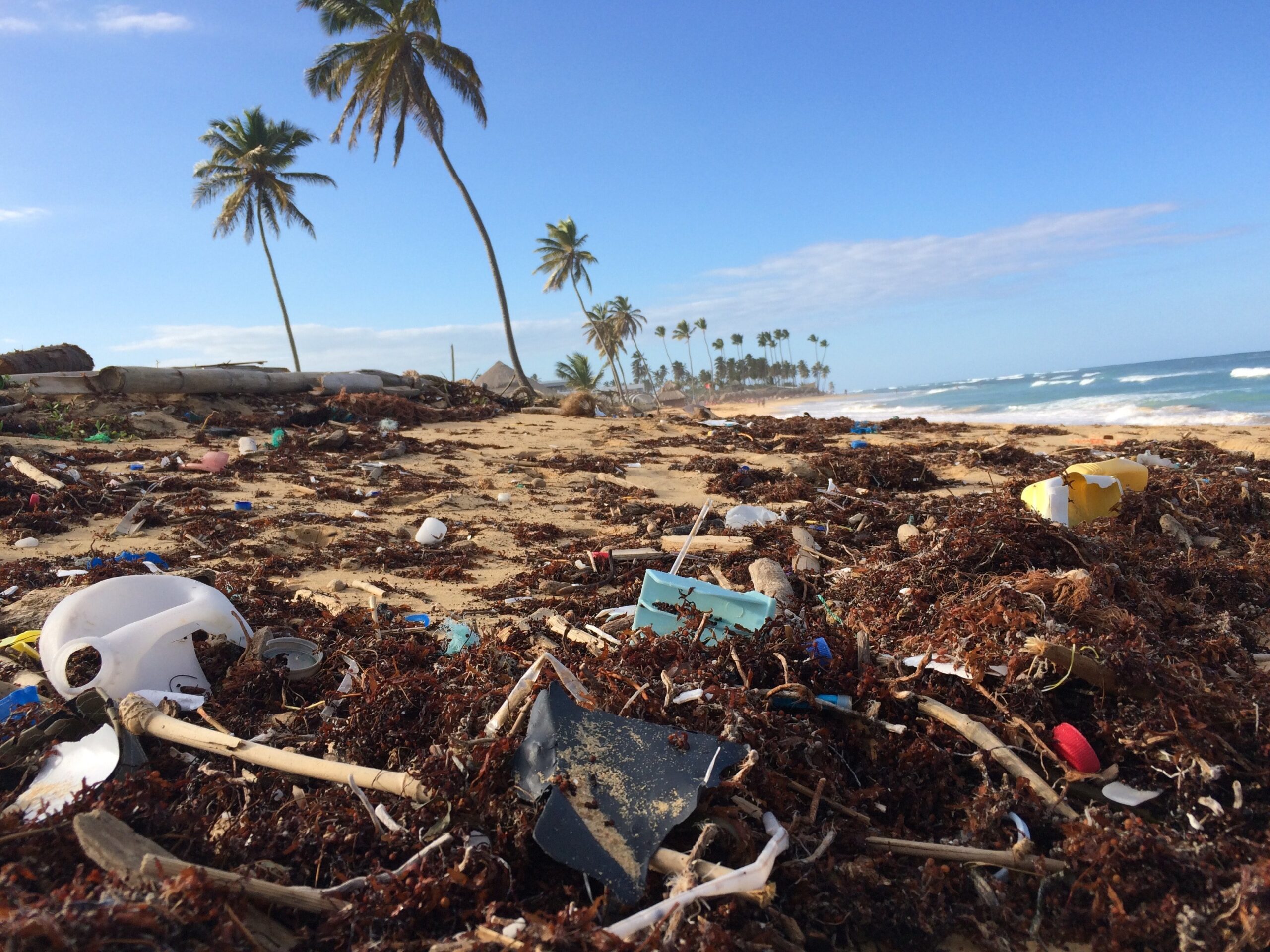In the Pacific Ocean, at least 79,000 metric tons of plastic waste are floating across an area exceeding 1.5 million square kilometers. The latest measurements of the Great Pacific Garbage Patch revealed that it’s constantly growing and that its accumulation of plastic is accelerating. Also increasing is the world’s plastic consumption.
We use over 320 million metric tons annually, the majority of which ends up in our oceans. This decade saw more plastic produced than any other in history. Since 1992, China has been importing nearly half of the planet’s plastic waste for recycling. But starting this year, the country is refusing all nonindustrial plastics and limiting imports of paper waste. Suddenly, this recyclable material is falling into landfills because recycling plants can’t keep up.
Researchers estimate that after China’s ban, 111 million metric tons of plastic waste will have to find room elsewhere. Too much of that plastic (as much as a third) will likely end up in our oceans.
Good news came in February, when Japanese scientists announced that they had discovered the first species of bacteria that break down polyethylene terephthalate (PET). Commonly called polyester, PET is one of the most commonly used plastics and makes up a significant amount of the pollution in rivers, lakes and oceans. The bacteria, called Ideonella Sakaiensis 201-F6, contains enzymes that can break down the molecular bonds of PET in under six weeks.
 The Great Pacific Garbage Patch (image via wikimedia commons)
The Great Pacific Garbage Patch (image via wikimedia commons)
It appears that the bacteria evolved their “appetite” for PET as global pollution increased over the past century. But, as the scientists investigated the bacteria’s biological processes, a lucky accident unveiled the organisms’ greater potential.
They had experimented on the plastic-eating enzyme to study its evolution. Subsequent testing showed the surprising result of their adjustments: they had made the enzyme even better at breaking PET’s molecular bonds.
This astonishing discovery points directly to large-scale uses of this enzyme in reducing plastic pollution around the world. When the modified enzyme breaks down the PET, it reverts the plastic to its base components. Unlike standard recycling, which can only reuse the plastic in limited ways, such as clothing or bags, the enzyme’s process could allow broken down PET to become new PET, turning plastic waste back into new plastic.
Plastics are made from feedstocks derived from natural gas processing and crude oil refining. If the enzyme can successfully break down plastic into its original parts on a large scale, it will simultaneously reduce the amount of plastic polluting the oceans and reduce the amount of fossil fuels used to produce new plastic. It would be a step toward true recycling, where the recycled material contributes no waste to landfills.
The researchers only made a 20% improvement to the efficiency of the enzyme but the “only,” in this measurement, is optimistic. Their goal is to optimize its performance even further, until its widespread use is practical and effective. They have even considered inserting this enzyme into other super-resilient bacteria that can survive in extremely harsh conditions.
Scientists continue to search for other strains of bacteria and fungi that have evolved similar skills. Enzymes are an ideal agent for plastic breakdown because they have no environmental side effects. This discovery opens another source of hope to a world facing increasingly dire warnings and little help from its governments. Perhaps nature has, once again, found its own solution in the absence of human innovation. And, perhaps, this bacteria offers exactly the creative spark that human scientists need to design their own long-term solutions.





